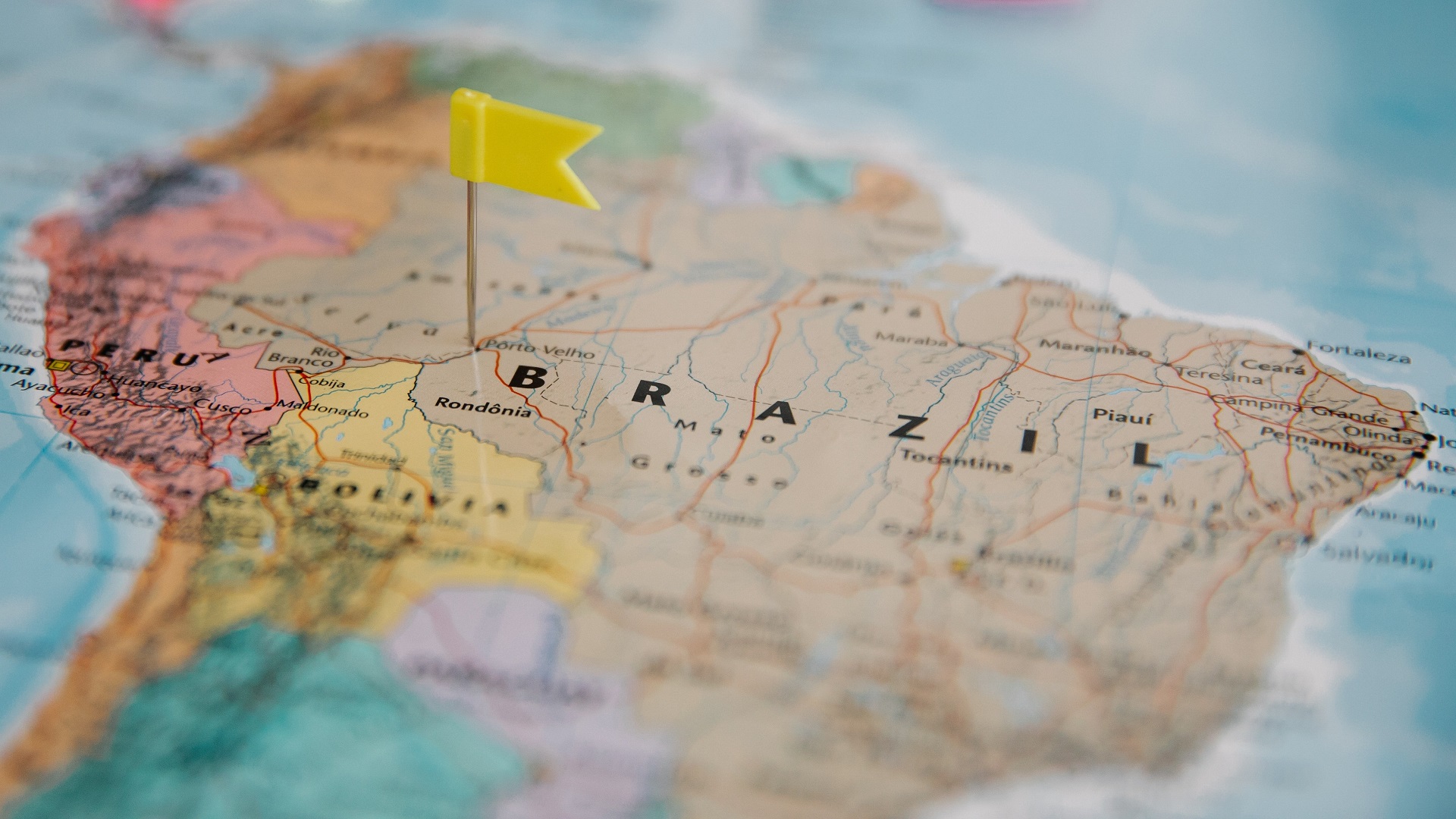In Latin America, the fight against child labor is a priority on the agenda of many countries. Child labor, which deprives children of their childhood, education, and proper development, remains a persistent issue in the region. However, significant efforts have been made to address this concern and ensure a better future for children.
One of the crucial steps in eradicating child labor is to establish clear age limits and respect them. In Latin America, many countries have ratified international conventions such as the International Labour Organization’s (ILO) Convention 182, which sets the minimum age for work. According to this convention and other agreements, the minimum age for employment in Latin America varies from one country to another but generally falls between 14 and 16 years, depending on specific conditions and exceptions.
In countries like Brazil and Argentina, the minimum age for work is 16 years. In Mexico, work is allowed from the age of 15, while in Colombia, it’s from the age of 14. These are just a few examples, and each country has its own legislation and regulations related to child labor.
Despite legislative efforts and awareness campaigns, child labor remains a challenge in Latin America. Countries with the highest rates of child labor include Bolivia, Peru, Paraguay, and Honduras. In these nations, factors such as poverty, lack of access to quality education, and ineffective enforcement of labor laws contribute to the problem.
Effectively addressing child labor in Latin America requires a comprehensive approach. This includes measures to increase access to education, ensure effective enforcement of labor laws, provide support to vulnerable families, and raise awareness about the risks and consequences of child labor.
International organizations, governments, and NGOs are working together to combat this issue. Programs have been implemented to provide educational opportunities for children, adult training, and economic support to families. Additionally, monitoring and enforcement of labor laws have been intensified in many countries.
In summary, while child labor remains a challenge in Latin America, countries in the region are taking significant steps to combat it. Prohibiting child labor below certain ages is an important step in this fight, and efforts must continue to ensure a better future for all children in the region.





